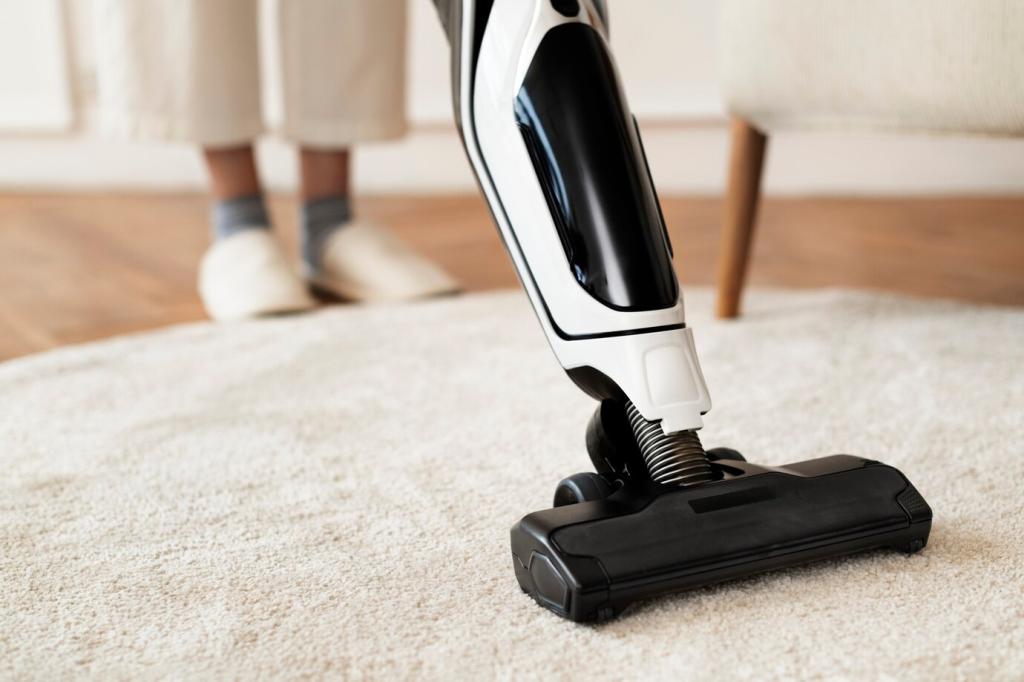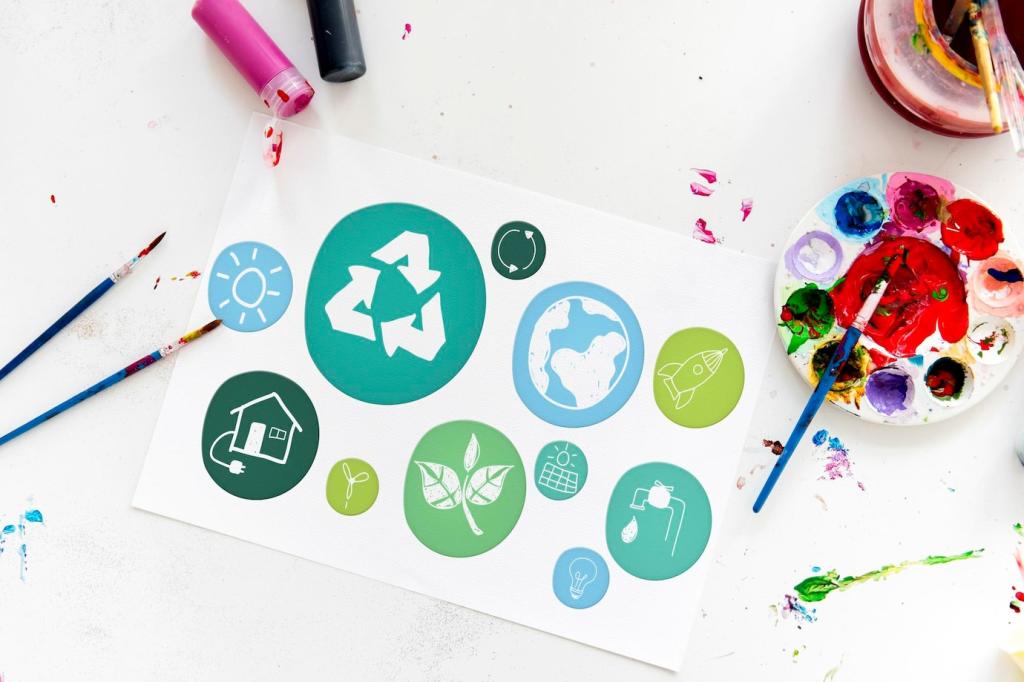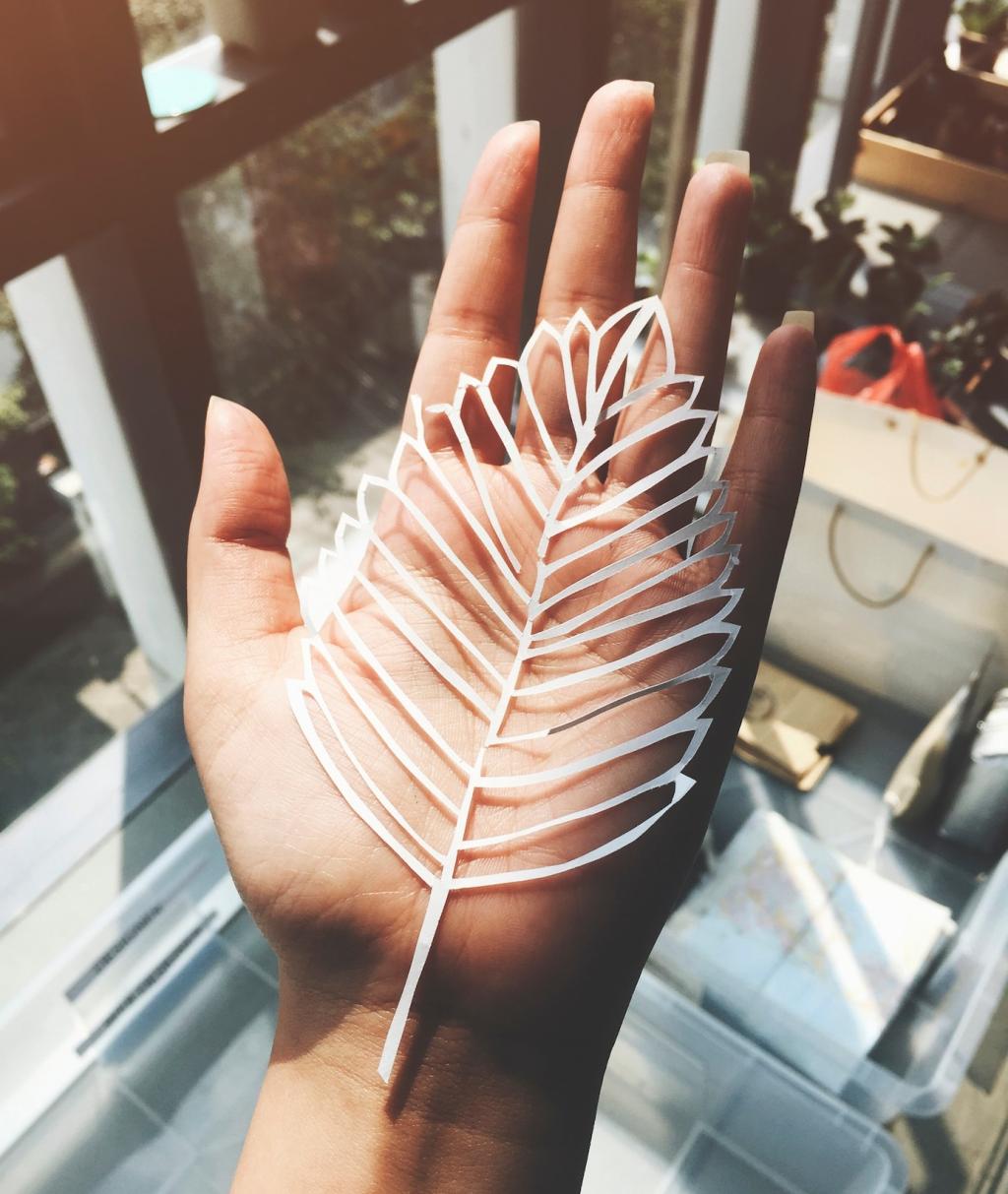A Gentle Guide to Chemical-Free Care for Leather Furniture
Chosen theme: Chemical-Free Care for Leather Furniture. Welcome to a calm corner of homekeeping where we protect patina, honor natural materials, and keep your favorite leather pieces beautiful—without harsh products, fumes, or guesswork. Subscribe for mindful tips, relatable stories, and practical routines that actually fit real life.
Know Your Leather: Foundations for Natural Care
Aniline, semi-aniline, and pigmented leathers behave differently with moisture and friction. Check the manufacturer’s tag or website, and always spot-test in an inconspicuous area. The right identification prevents over-wetting, color transfer, and unnecessary wear from well-intended, aggressive scrubbing.
Know Your Leather: Foundations for Natural Care
Gentle care is intentional care. Distilled water, soft microfiber, and slow, circular motions protect the finish while removing grit that can scratch. Natural care respects leather’s breathable structure, its oils, and its evolving patina rather than forcing a showroom shine every single day.
Daily and Weekly Rituals Without Harsh Chemicals
Use a clean, dry microfiber cloth to lift dust from seams and high-touch spots like armrests. Follow with a barely damp second cloth using distilled water only, then immediately dry. This rhythm prevents grime buildup and reduces the need for stronger interventions later on.
Moisture, Sunlight, and Climate: Natural Protection
Keep leather two feet from radiators and out of direct sun whenever possible. UV slowly lightens pigment and dries fibers. Use sheer curtains to temper glare and rotate cushions quarterly. Tell us how you balance natural light with protection in your living room layout.
Moisture, Sunlight, and Climate: Natural Protection
Leather prefers stable humidity. Aim for roughly 40–55% relative humidity to prevent drying or mustiness. A small, quiet humidifier in winter and steady ventilation in summer helps. Your nose and fingertips are great gauges—leather should feel supple, not tacky or brittle.
Moisture, Sunlight, and Climate: Natural Protection
Skip perfumed sprays. Instead, open windows for a short cross-breeze to refresh a room. If outdoor air is harsh, run a HEPA purifier nearby. Natural airflow lifts stale odors without coating your furniture with residues that attract dust or dull the surface over time.



Nourishing Without Toxins
Choosing a Natural Balm
Look for a light, non-silicone, beeswax-based or plant-wax balm designed specifically for your leather type. Fragrance-free options help avoid residues and headaches. Always read labels, avoid cheap oils that can go rancid, and test in a hidden area before full application.
Less Is More When Conditioning
Apply a rice-grain amount to a soft cloth, warming it with your hands. Work in small circles, one panel at a time, and buff dry after a few minutes. Over-conditioning can darken or soften structure. Track dates and results in a simple notes app for consistency.
What to Avoid Entirely
Skip vinegar, bleach, ammonia, and multi-surface cleaners. Avoid olive or coconut oil, which may oxidize and attract dust. Steer clear of abrasive pads. If you are unsure, ask the manufacturer and our readers—drop a question below and subscribe for expert Q&A roundups.



